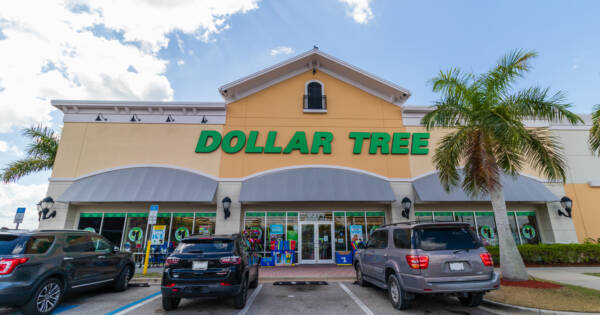- Feeling the pinch at the gas pump? We’ve got 12 strategies that can help you save money on fuel this summer.
- For example, gas tends to be cheaper on certain days of the week — you just need to know when that is!
- Certain driving styles, vehicle upkeep, and gas apps are a few of the other things that can help you save at the pump.
Summertime means more miles on the road for many people — whether it’s traveling to the lake that’s just outside of town or across the country. All of this means that a certain amount of driving is required. Unfortunately, gas prices typically rise during the summer.
Even worse, inflation and international issues are driving prices up even more. But you can employ several tactics to keep the amount you spend on gas as low as possible. Here are 12 ideas that can help you save money on gas this summer — and all year round.
Use Apps To Find the Cheapest Prices
Apps are available to help you find the lowest gas prices in your area. Whether you’re on vacation, driving through a new town, or just want to know which local gas station has the cheapest prices on your way to work, apps can help you save every time you fill up.
For example, check out apps like GasBuddy and many others. Gas prices within the same block can be as much as 10% different at times. So, looking up the lowest price ahead of time and going to that station can make a big difference.
 Shutterstock
ShutterstockConsider Rewards Credit Cards
For most of us, credit cards don’t immediately bring up images of saving money. However, they can save you money on your gas if you do it right. Get a rewards card that gives you a high amount of cash back on gas. Many cards offer higher rewards on specific spending categories, whether it be travel, food, or gas.
Also, consider getting a branded card from a company like Shell or Exxon. You might end up with a discount on each gallon of gas. Just make sure that you pay off the balance each month and are otherwise responsible with your card. The interest you pay may overwhelm any savings and rewards if you don’t.
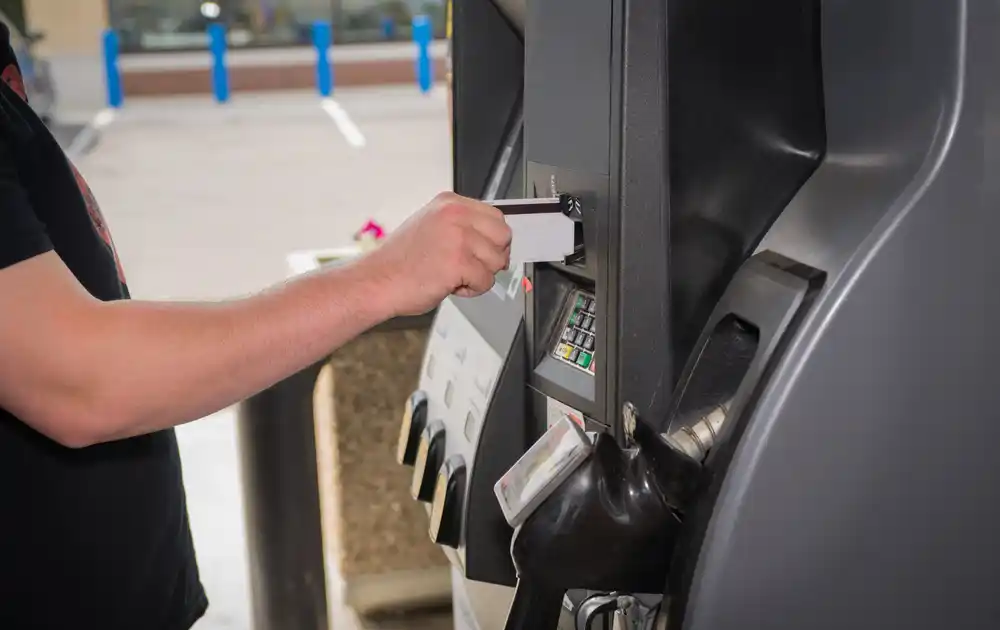 Shutterstock
ShutterstockPlan Your Route
Planning your everyday trips is so obvious when you think about it. Yet it’s probably one of the least practiced methods of saving gas. It’s super simple, too. Try to get your groceries done on your way back from work. Pick up that package at the post office when you’re running out to drop the kids off at school.
The goal is to make as few trips as possible. Sometimes, it might even be worth it to go to a slightly distant store if you can get everything there in one trip. That means you won’t have to zigzag all over town to finish your errands. Everyone’s situation is different. But many people could save on gas if they tried to minimize the routes they need to take.
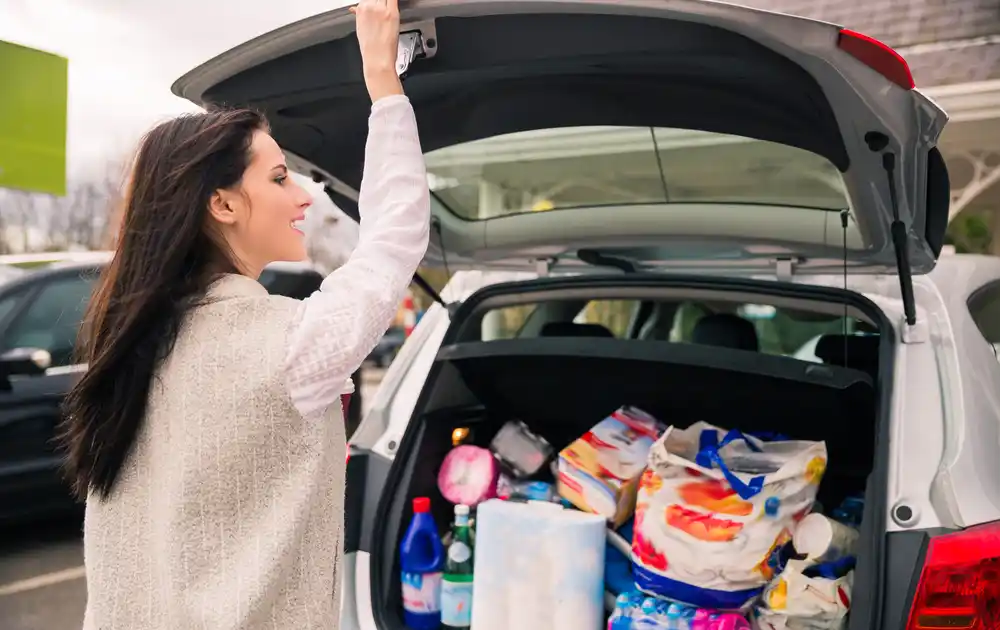 Shutterstock
ShutterstockProperly Maintain Your Car
Your car runs more efficiently when it’s properly maintained. Yes, that means it uses less gas, too. So, keep your car clean and make sure you perform all of the recommended maintenance. Getting regular oil changes, changing dirty filters, and caring for other systems, can keep your car in better working order.
Properly inflated tires can also help, as there is more rolling resistance when tires are flat. Don’t put off getting your wheel alignment done as well. The last thing you want is for the wheels to keep pulling to one side slightly while you’re trying to go straight ahead.
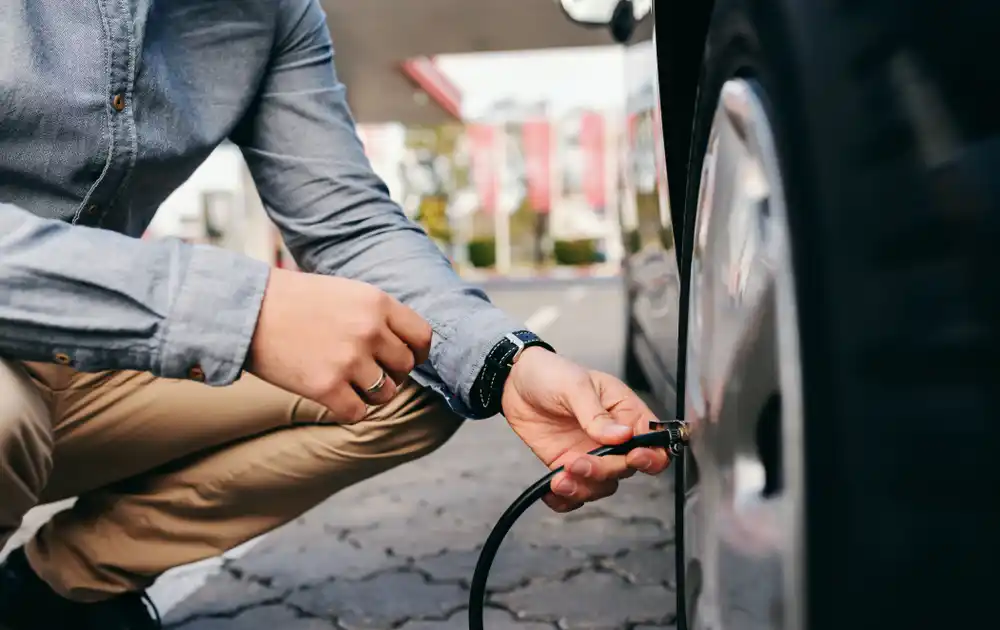 Shutterstock
ShutterstockAdjust the Way You Drive
Consider driving defensively. This means that you accelerate gradually, rather than stomping on the gas just to slam on the breaks at the next red light. Cruise control can also help lower your gas usage when you’re on the highway. And don’t speed. Your fuel economy typically drops off rather steeply as you go over 50 mph. You’re simply wasting more gas the faster you drive.
If you’re competent at driving a manual transmission, then you can improve your gas mileage by using a higher gear for longer periods of time — especially if you’re going up and down hills. So, pay attention to the way that you drive. Combined with the way you maintain your car, a gentler driving style can result in gradual gas savings that really add up.
 Shutterstock
ShutterstockJoin Gas Station Loyalty Programs
I often get gas from my local Shell station. So, I joined their free loyalty program. By punching in my membership number at the pump, I get a five-to-ten cents per gallon discount. That works out to roughly 1.5% to 3% in savings. You also might save on things like snacks and car washes.
Did I mention that these membership programs are free to join? It’s literally free money! Yet I almost never see anybody around me use these benefits. Join me by joining their loyalty program! You’re going to buy the gas anyway. You might as well get a little bit back.
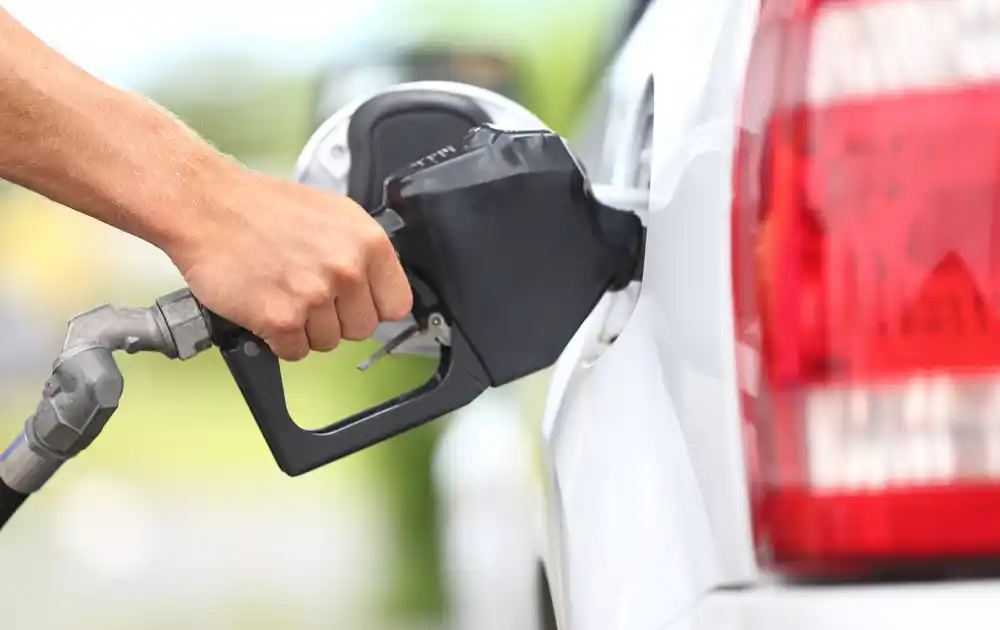 Shutterstock
ShutterstockSave Gas Even When the Car Isn’t Moving
Some people like to leave the car idling for long periods of time. Don’t be that person. The AC may feel nice in the summer heat, but you are wasting gas. And your car isn’t even moving. Not to mention the extra emissions you’re spewing into the air.
In some jurisdictions, idling your car for too long is actually illegal. Instead, pack a cold drink and crack a window. You shouldn’t turn the car on to warm it up in the winter for too long, either. Modern engines don’t need more than a minute or so. If you care about fuel economy, don’t make this mistake.
 Shutterstock
ShutterstockCheck Out Discounted Gift Cards
You can buy discounted gift cards at various gas stations. You often need to buy a good-sized amount, such as $50 or $100. However, it could come with a discount of 2.5% to 5%. On a $100 gift card, that could mean as much as $5 in free gas. So, you get a $100 card but only pay $95 for it.
That’s not bad. You’re going to use $100 in gas eventually. Just be careful since you don’t want to buy a card that expires soon. If something unexpected happens, make use of the guarantees that online discounted gift card websites usually have in place by contacting their support team.
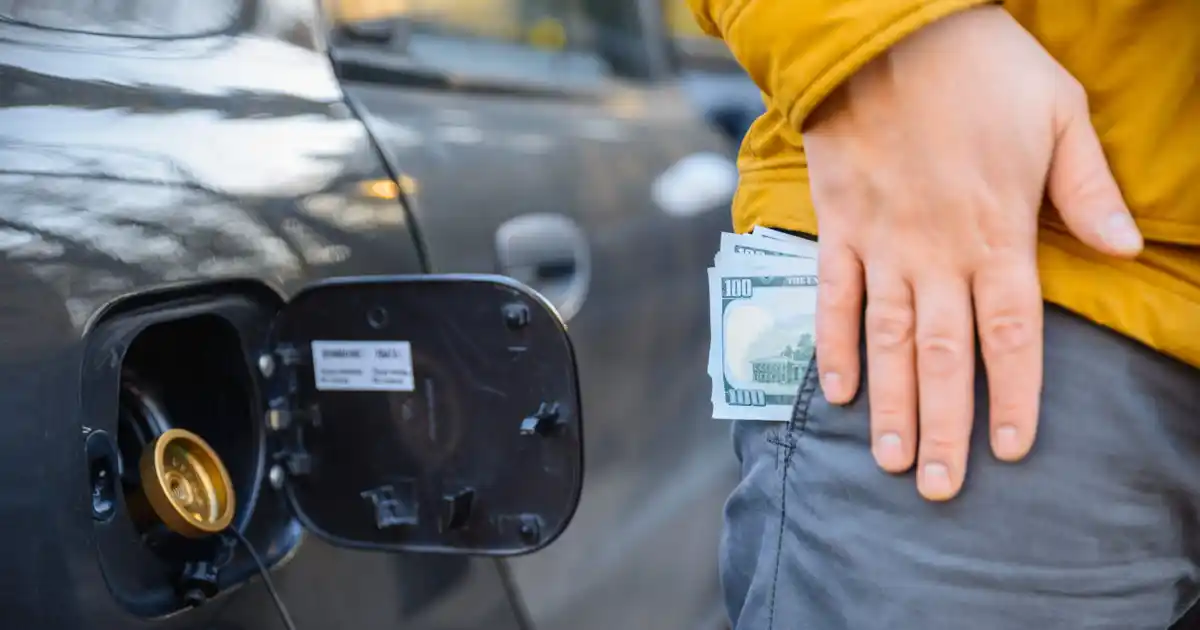 Shutterstock
ShutterstockFill Up on Certain Days
Gas prices fluctuate from day to day. And while it might seem like there’s no rhyme or reason to it, gas tends to be cheaper on certain days. According to GasBuddy, Monday is typically the most affordable day of the week to fill up.
On the other hand, the source says Thursday is usually the most expensive day to buy gas. Perhaps drivers are filling up to get a head start on weekend plans. Historically, the source says weekends have been the priciest time at the pump.
However, Friday is now one of the cheaper days. As more people hit the road for summer vacations, the weekends could get pricier again. So, keep an eye on prices.
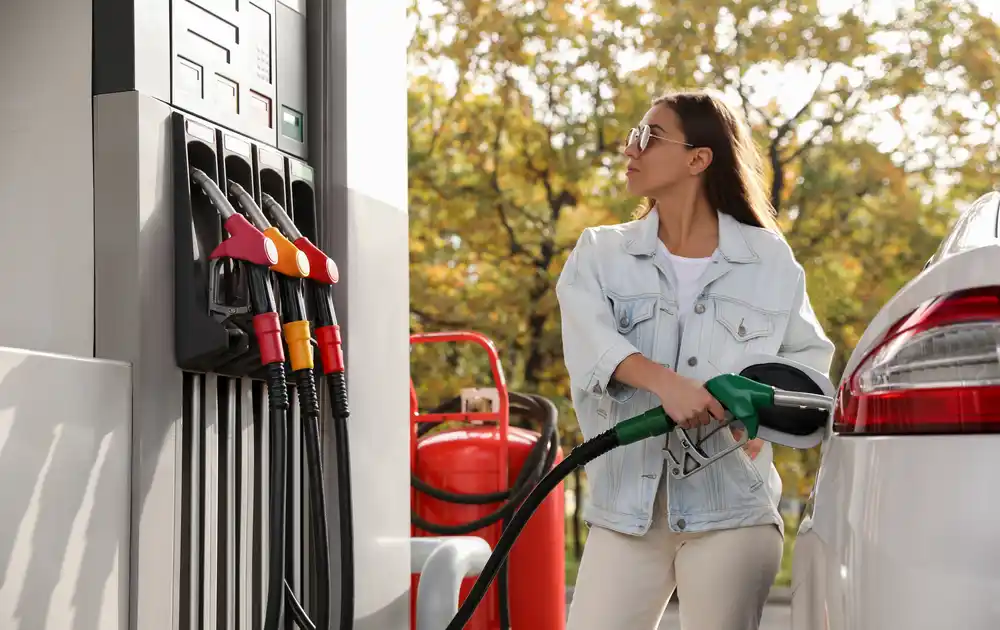 Shutterstock
ShutterstockCheck Prices Where You’re Traveling
If you’re taking a road trip this summer, then check out gas prices along your route. That way, you can zero in on the cheapest spots to fill up. Gas prices can vary from state to state, after all. Strategically planning to fill up in states with lower gas taxes can save you money.
For example, Pennsylvania has one of the highest gas taxes in the country — 57.6 cents a gallon — according to the Pittsburgh Post-Gazette. The gas tax in Ohio, by comparison, is 38.5 cents per gallon, according to Axios. So, if you’re taking Interstate 90 between both states, you might be able to save on the Ohio side of the border.
 Shutterstock
ShutterstockUse Cash Instead of Cards
Some gas stations charge less if you pay with cash instead of a credit card. Since gas stations don’t need to pay credit card processing fees for cash transactions, it makes sense. So, how much can you save by paying with cash?
According to Consumer Reports, the savings typically ranges from 10 to 15 cents per gallon. But they do add that can it can be as much as a dollar. If you use a debit card, some gas stations give the cash price, but you’ll want to ask them before swiping your card.
 Shutterstock
ShutterstockLimit How Much You Use AC
Sure, blasting the air conditioning all summer long might feel amazing. But it can be a drag on your fuel economy. While it might not be realistic to skip AC altogether, it can help to be savvier about when and where to use it.
For instance, you might want to turn off the AC and roll down your windows at slower speeds in the city. However, driving at faster speeds on freeways and highways changes the calculation. In that case, open windows can contribute to wind resistance, creating a drag. So, using AC makes sense.
 Shutterstock
Shutterstock




